The Fluid Ionosphere
Abstract
1. Introduction
2. The System
2.1. Smooth and Deterministic: The Continua
- the system is formed by parcels with thermodynamic numbers of particles (3);
- the statistical mechanics of these particles converges to space- and time-differentiable emerging variables (6);
- the system is locally in thermal equilibrium, hence described via a kinetic theory converging to a local equilibrium thermodynamics.
2.2. The System: Matter and Interactions
2.3. Fluid Matter Variables
2.4. Dynamical Variables for Matter
- Neutral particles. Various molecules or atoms (e.g., O, N, O2, N2, CO2, NH4 and so on) with zero electric charge: These ones are the major part, both numerically as well as massively, of all the high atmosphere, up to the level of about 1000 km height, the starting point of a region where practically all the matter is ionized. From that point on, one speaks about plasmasphere.If each neutral species is indicated with the index , the speed of their center of mass is point by point some field , defined as follows in terms of partial matter densities and velocities :This velocity undergoes a proper dynamics that may be attributed to the neutral matter as a unique fluid .
- Negative ions. These are the species which have captured one or more electrons. These particles are very rare and their presence is practically negligible in general. Nevertheless, one should consider them when dealing with the lower part of the ionosphere, as the region D and the lower E [10]. Negative ion abundance is reasonably non-negligible only under 95 km, even if, in particular conditions, this can be false. Sometimes, a coefficient is defined for each negative ion asgiving the measure of the contribution of the species to the ionospheric negative charge, relative to the electron one.
- Positive ions. These are the neutrals that have lost one or more electrons. Actually, the 2- or 3-valent positive ions are very rare, so we can restrict ourselves to the study of 1-valent positive ions. When the constraint (13) holds and no negative ions exist, positive ions have a numerical density equal to that of free electrons.
- Electrons. Electrons are the most important element for ionospheric phenomenology as far as electromagnetic disturbances are concerned, because of their very small mass, which gives them a great mobility [9], making them very effective in producing local and travelling electromagnetic fields.
2.5. Electromagnetic Dynamical Variables
3. Equations of Motion
3.1. Mass Balance
3.2. Chemical Space Formalism
3.3. Momentum Balance (Newton’s )
- the electromagnetic fields and defined at its position;
- the gravitational field defined at its position;
- the inertial forces measured in the reference frame co-rotating with the Earth (the SERF);
- the remaining part of the system which interacts with at the border through the nearby parcels;
- the other systems with ;
- the mechanical waves passing by the position of .
3.4. Internal Energy Balance
3.5. Some More Relationships
3.6. Maxwell Equations
- the displacement current is considered much smaller than the matter currentsand is usually neglected:
- the magnetic field produced by ionospheric currents is much smaller than the geomagnetic oneand it is assumed as zero too; this leads to the electrostatic nature of , considering that and that the approximation ends up yielding , so that:
- electric charge densities producing important electric fields are very small, and so are their time derivativesso that the corresponding currents must be thought of as divergenceless:and this is practically true almost everywhere in the ionosphere.
3.7. Neutral Components
3.8. Charged Components
3.8.1. Ion Motions
3.8.2. Electron Motions
4. The Quiet Ionosphere
4.1. Thermal Homogeneity and the NeWReF
4.2. An Anisotropic Conductor: Role of
4.3. Ohm’s Law for the Ionosphere
4.4. Ionospheric Electrostatic Fields
4.5. Electric Field “Propagation”
4.5.1. Pole to Equator “Propagation”
4.5.2. Current Injection and Perturbation Fields
5. Conclusions
Funding
Acknowledgments
Conflicts of Interest
Abbreviations
| LIM | Local Ionospheric Medium |
| SERF | Solid Earth Reference Frame |
| NeWReF | Neutral Wind Reference Frame |
| MKSA | Meter–Kilogram–Second–Ampere (International unit reference) |
| FD | Fluid Dynamics |
| BBGKY | Bogoljubov–Born–Green–Kirkwood-Yvon |
| SO(3) | Group of Special Orthogonal matrices |
| CoM | Center of Mass |
| R2CoM | Relative to Center of Mass |
| PDE | Partial Derivative Equation |
| GRB | Gamma Ray Burst |
| MIDAS | Multi-Instrument Data Analysis System |
| MDPI | Multidisciplinary Digital Publishing Institute |
| DOAJ | Directory of open -access journals |
Appendix A. Lagrangian Time Derivative of the Internal Energy
Appendix B. Navier–Stokes Equation for the Neutral Wind
Appendix C. Irrelevance of in an Experimental Example
Appendix D. The -Parallel vs. -Perpendicular Decomposition of Velocities
Appendix E. The Electric Current Calculations
Appendix F. Solving the PDE for ϕ in the Anisotropic Conductor
References
- Rees, D.; Fuller-Rowell, T.J. Global thermospheric modelling. Phys. Scr. 1987, 1987, 212. [Google Scholar] [CrossRef]
- Raeder, J.; Berchem, J.; Ashour-Abdalla, M. The geospace environment grand challenge: Results from a global geospace circulation model. JGR 1998, 103, 14787. [Google Scholar] [CrossRef]
- Raeder, J. Global eospace modeling: Tutorial and review. In Space Plasma Simulation; Lecture Notes in Physics; Springer: Heidelberg, Germany, 2003; Volume 615. [Google Scholar]
- Zettergren, M.D. GEMINI: Geospace Environment Model of Ion-Neutral Interactions, Read-Me Document About the GEMINI Model (and References Therein). Available online: https://zenodo.org/records/3647589 (accessed on 25 January 2025).
- Materassi, M.; Forte, B.; Coster, A.; Skone, S. (Eds.) The Dynamical Ionosphere—A Systems Approach to Ionospheric Irregularity; Elsevier Inc.: Amsterdam, The Netherlands, 2020; ISBN 978-0-12-814782-5. [Google Scholar]
- Tarasov, V.E. Flow of fractal fluid in pipes: Non-integer dimensional space approach. Chaos Solitons Fractals 2014, 67, 26–37. [Google Scholar] [CrossRef]
- Peregudin, S.; Peregudina, E.; Kholodova, S. Methods of non-smooth analysis in problems of fluid dynamic. In Proceedings of the 2017 Constructive Nonsmooth Analysis and Related Topics (Dedicated to the Memory of V.F. Demyanov) (CNSA), St. Petersburg, Russia, 22–27 May 2017; pp. 1–2. [Google Scholar] [CrossRef]
- Materassi, M.; Consolini, G.; Tassi, E. Sub-Fluid Models in Dissipative Magneto-Hydrodynamics. In Topics in Magnetohydrodynamics; Zheng, L., Ed.; InTech Open: London, UK, 2012. [Google Scholar] [CrossRef]
- Davies, K. Ionospheric Radio; Peter Peregrinus Ltd.: London, UK, 1990. [Google Scholar]
- Jursa, A.S. Handbook of Geophysics and the Space Environment; Air Force Geophysics Laboratory-Air Force Systems Command-USA Air Force: Springfield VA, USA, 1985. [Google Scholar]
- Kallenrode, M.-B. Space Physics; Springer: Berlin/Heidelberg, Germany, 2000. [Google Scholar]
- Timeline of Fluid and Continuum Mechanics. Available online: https://en.wikipedia.org/wiki/Timeline_of_fluid_and_continuum_mechanics (accessed on 25 January 2025).
- Ionosphere. Available online: https://en.wikipedia.org/wiki/Ionosphere (accessed on 25 January 2025).
- Anduaga, A. The formation of ionospheric physics—Confluence of traditions and threads of continuity. Hist. Geo- Space Sci. 2021, 12, 57–75. [Google Scholar] [CrossRef]
- Landau, L.D.; Lifshiz, E.M. Mecanique des Fluides; Editions Mir: Moscou, Russia, 1971. [Google Scholar]
- Schunk, R.; Nagy, A. Ionospheres: Physics, Plasma Physics, and Chemistry (Cambridge Atmospheric and Space Science Series), 2nd ed.; Cambridge University Press: Cambridge, UK, 2009; ISBN-10: 0521877067, ISBN-13: 978-0521877060. [Google Scholar]
- Choudhuri, A.R. The Physics of Fluids and Plasmas; Cambridge University Press: Cambridge, UK, 1998. [Google Scholar]
- van der Vaart, A.W. Asymptotic Statistics; 9780521496032, Cambridge Series on Statistical and Probabilistic Mathematics; Cambridge University Press: Cambridge, UK, 1998; Available online: https://books.google.it/books?id=fiX9ngEACAAJ (accessed on 25 January 2025).
- Hill, T.L. Thermodynamics of Small Systems. J. Chem. Phys. 1962, 36. [Google Scholar] [CrossRef]
- Eyink, G.L.; Sreenivasan, K.R. Onsager and the theory of hydrodynamic turbulence. Rev. Mod. Phys. 2006, 78, 87. [Google Scholar] [CrossRef]
- Taccetti, T. Course of Electromagnetism and Optics; Master Course; University of Florence: Florence, Italy, 1991/1992. [Google Scholar]
- Materassi, M. Variabili Canoniche Collettive e Relative per il Campo di Klein-Gordon Classico. Master Thesis, University of Firenze, Florence, Italy, 1996. [Google Scholar]
- Bǎlescu, R. Statistical Dynamics—Matter Out of Equilibrium; World Scientific Publishing: Singapore, 1997. [Google Scholar] [CrossRef]
- de Paor, A. A Theory of the Earth’s Magnetic Field and of Sunspots, Based on a Self-Excited Dynamo Incorporating the Hall Effect; Nonlinear Processes in Geophysics; European Geosciences Union (EGU): Munich, Germany, 2001; Volume 8, pp. 265–279. [Google Scholar] [CrossRef]
- Schlegel, K.; St.-Maurice, J.P. Anomalous heating of the polar E region by unstable plasma waves. 1. Observations. J. Geophys. Res. 1981, 86, 1447. [Google Scholar] [CrossRef]
- Fasano, A.; Marmi, S. Meccanica Analitica; Bollati Boringhieri: Turin, Italy, 1992. [Google Scholar]
- Dieminger, W.; Hartmann, G.K.; Leitinger, R. (Eds.) The Upper Atmosphere; Springer: Berlin/Heidelberg, Germany, 1996. [Google Scholar]
- Kelley, M.C. The Earth’s Ionosphere; Academic Press Inc.: Cambridge, MA, USA, 1989. [Google Scholar]
- Yakubovich, E.I.; Zenkovich, D.A. Matrix fluid dynamics. arXiv 2001, arXiv:physics/0110004. [Google Scholar]
- Antoniou, I.; Pronko, G.P. On the hamiltonian description of fluid mechanics. arXiv 2002, arXiv:hep-th/0106119v2. [Google Scholar]
- Lynch, P. Hamiltonian Methods for Geophysical Fluid Dynamics: An Introduction; IMA, University of Minnesota: Minneapolis, MN, USA, 2002; Available online: https://conservancy.umn.edu/server/api/core/bitstreams/c0c6cff6-001a-4197-934a-72558f2f48da/content (accessed on 25 January 2025).
- Materassi, M. Metriplectic Algebra for Dissipative Fluids in Lagrangian Formulation. Entropy 2015, 17, 1329–1346. [Google Scholar] [CrossRef]
- Dutton, J.A. Dynamics of the Atmospheric Motion; Dover Publications Inc.: Mineola, NY, USA, 1995. [Google Scholar]
- Zemansky, M.W. Heat and Thermodynamics; McGraw-Hill Book Company, Inc.: New York, NY, USA, 1957. [Google Scholar]
- Weinberg, S. The Quantum Theory of Fields; Cambridge University Press: Cambridge, UK, 1995; Volume 1. [Google Scholar]
- Materassi, M.; Mitchell, C.N.; Spencer, J.P.S. Ionospheric imaging of the northern crest of the Equatorial Anomaly. J. Atmos. Sol.-Terr. Phys. 2003, 65, 1393–1400. [Google Scholar] [CrossRef]
- Rishbeth, H.; Garriott, O.K. Introduction to Ionospheric Physics; Academic Press: New York, NY, USA; London, UK, 1969. [Google Scholar]
- Gonzales, C.A.; Kelly, M.C.; Carpenter, D.L.; Miller, T.R.; Wand, R.H. Simultaneous measurements of ionospheric and magnetospheric electric fields in the outer plasmasphere. Geophys. Res. Lett. 1980, 7, 517. [Google Scholar] [CrossRef]
- Materassi, M.; Piersanti, M.; D’Angelo, G.; Papini, E.; Consolini, G.; Bazzano, A.; Rodi, J.G.; Ubertini, P. Gamma-ray burst induced fast dynamics of the electric field in the top-side ionosphere. 2025; in preparation. [Google Scholar]
- Yeh, K.C.; Liu, C.H. Radio wave scintillations in the ionosphere. Proc. IEEE 1982, 70, 324–360. [Google Scholar]
- Materassi, M. Stochastic field theory for the ionospheric fluctuations in Equatorial Spread F. Chaos Solitons Fractals 2019, 121, 186–210. [Google Scholar] [CrossRef]
- Hamza, A.M.; St-Maurice, J.-P. A Self-Consistent Fully Turbulent Theory of Auroral E Region Irregularities. J. Geophys. Res. 1993, 98, 11601–11613. [Google Scholar] [CrossRef]
- Chernyshov, A.A.; Mogilevsky, M.M.; Kozelov, B.V. Use of fractal approach to investigate ionospheric conductivity in the auroral zone. J. Geophys. Res. Space Physics 2013, 118, 4108–4118. [Google Scholar] [CrossRef]
- Materassi, M.; Consolini, G. Turning the resistive MHD into a stochastic field theory. Nonlinear Process. Geophys. 2008, 15, 701–709. [Google Scholar] [CrossRef]
- Materassi, M.; Consolini, G. Magnetic Reconnection Rate in Space Plasmas: A Fractal Approach. Phys. Rev. Lett. 2007, 99, 175002. [Google Scholar] [CrossRef] [PubMed]
- Materassi, M. Study of the Northern Crest of the Equatorial Anomaly via a Multi Instrumental Data Analysis System; Internal Research Report of I.R.O.E. “Nello Carrara” CNR, RR/ATM/02.01; CNR: Florence, Italy.
- Materassi, M.; Ciraolo, L.; Spalla, P.; Mitchell, C.N.; Spencer, P.S.J. The effect of the Northern Crest of the Equatorial Anomaly on the propagation delay at GPS frequencies. In Proceedings of the GNSS ’2001 Congress, Sevilla, Spain, 10 May 2001. [Google Scholar]
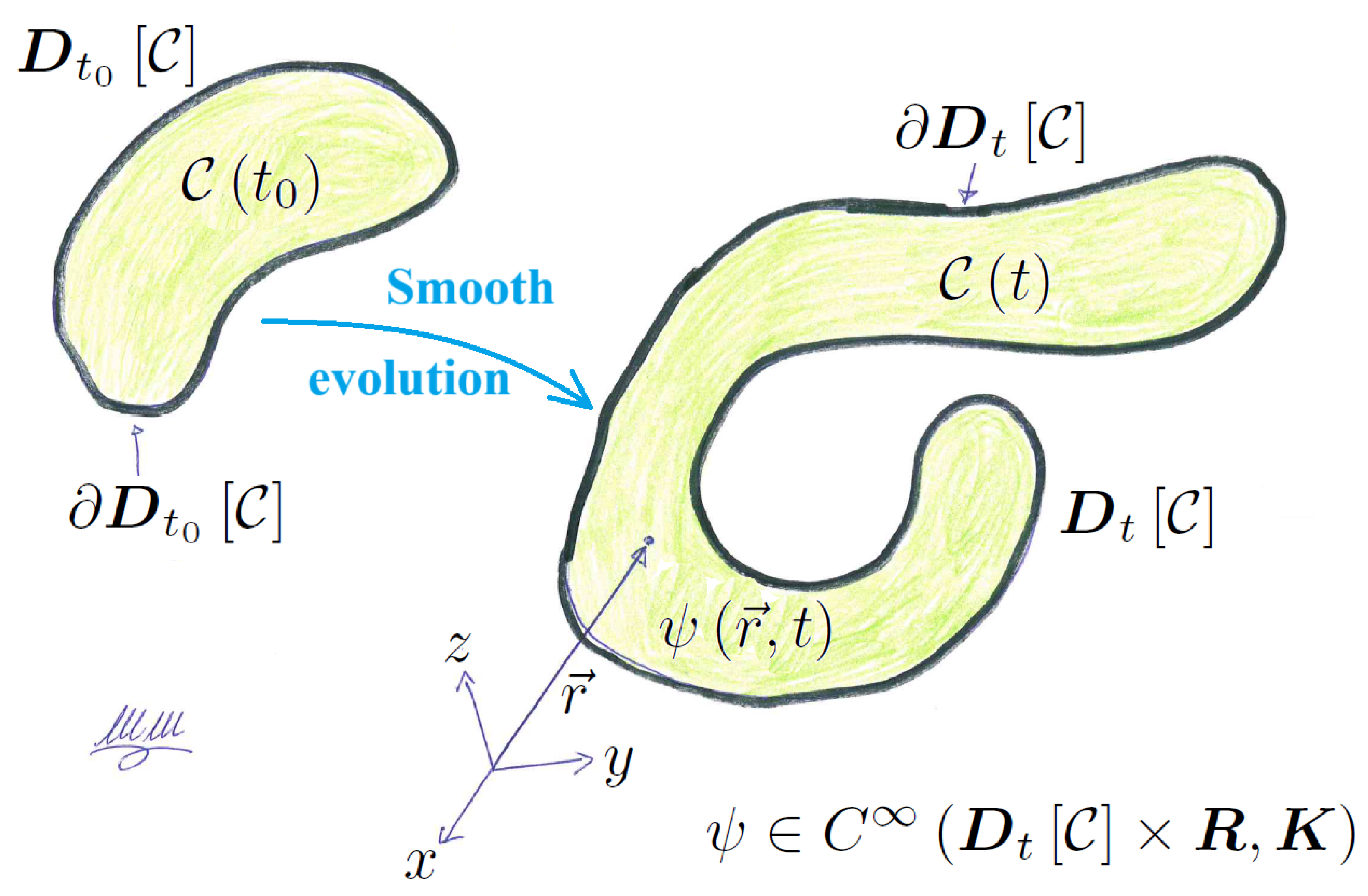
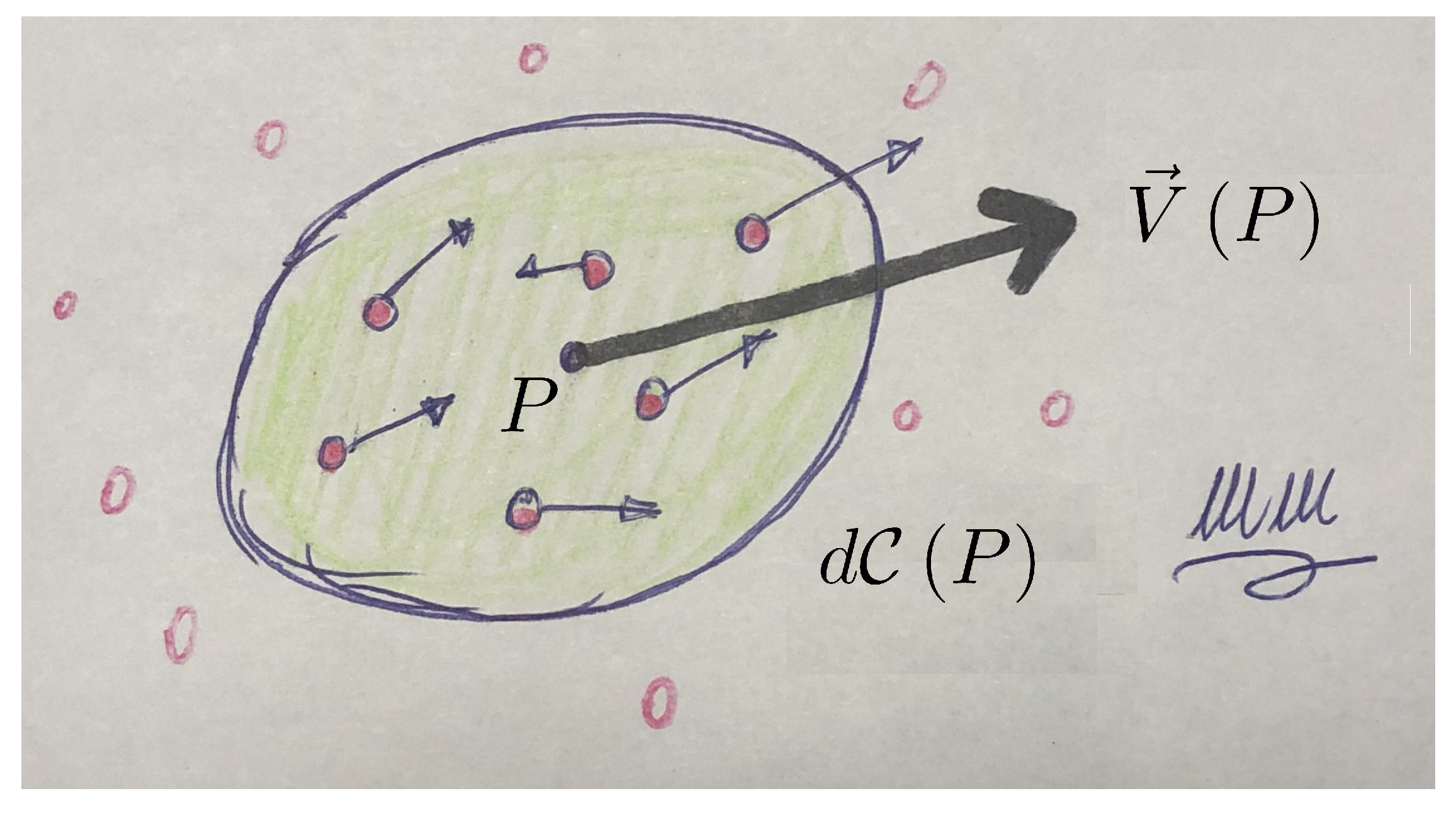
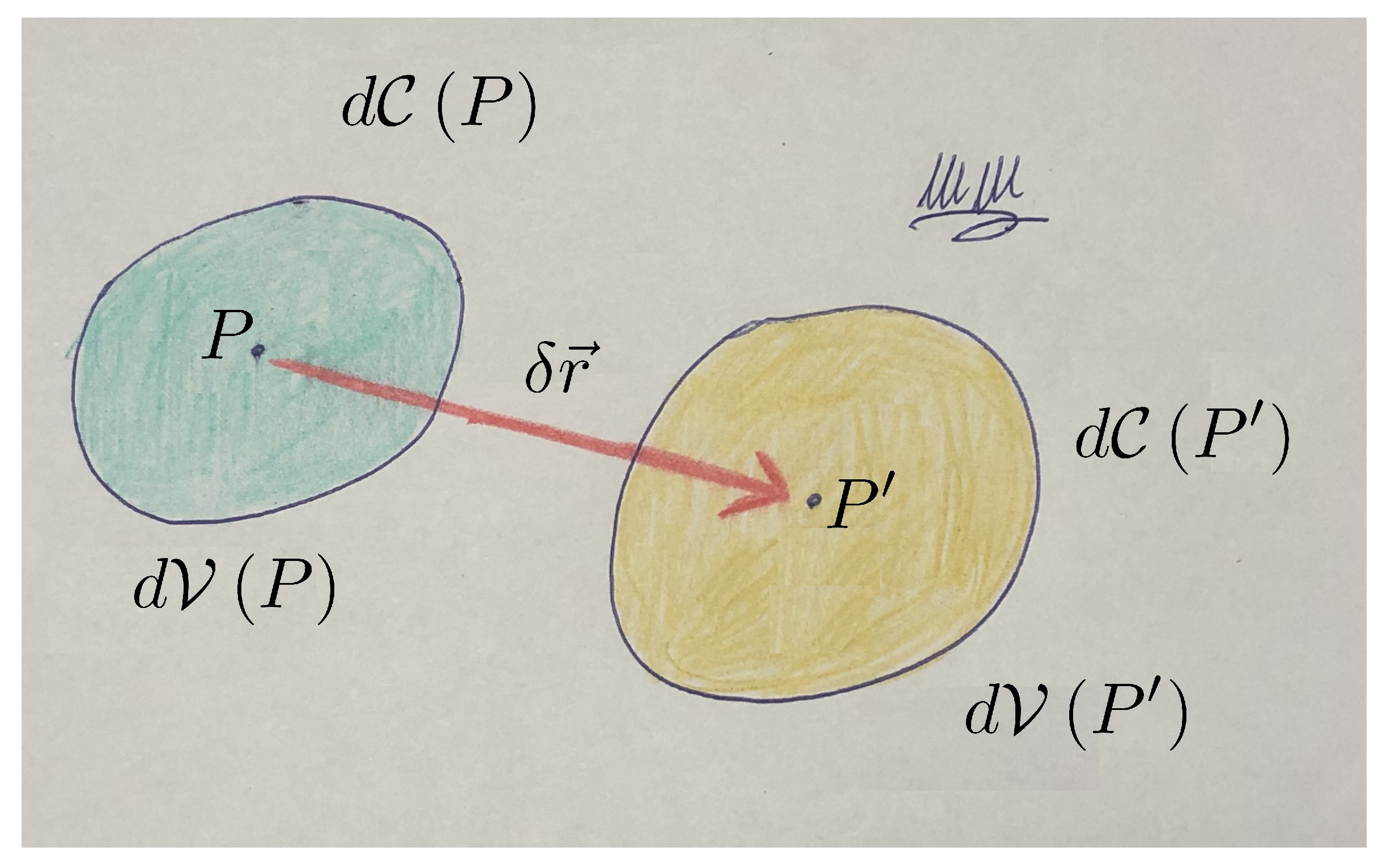
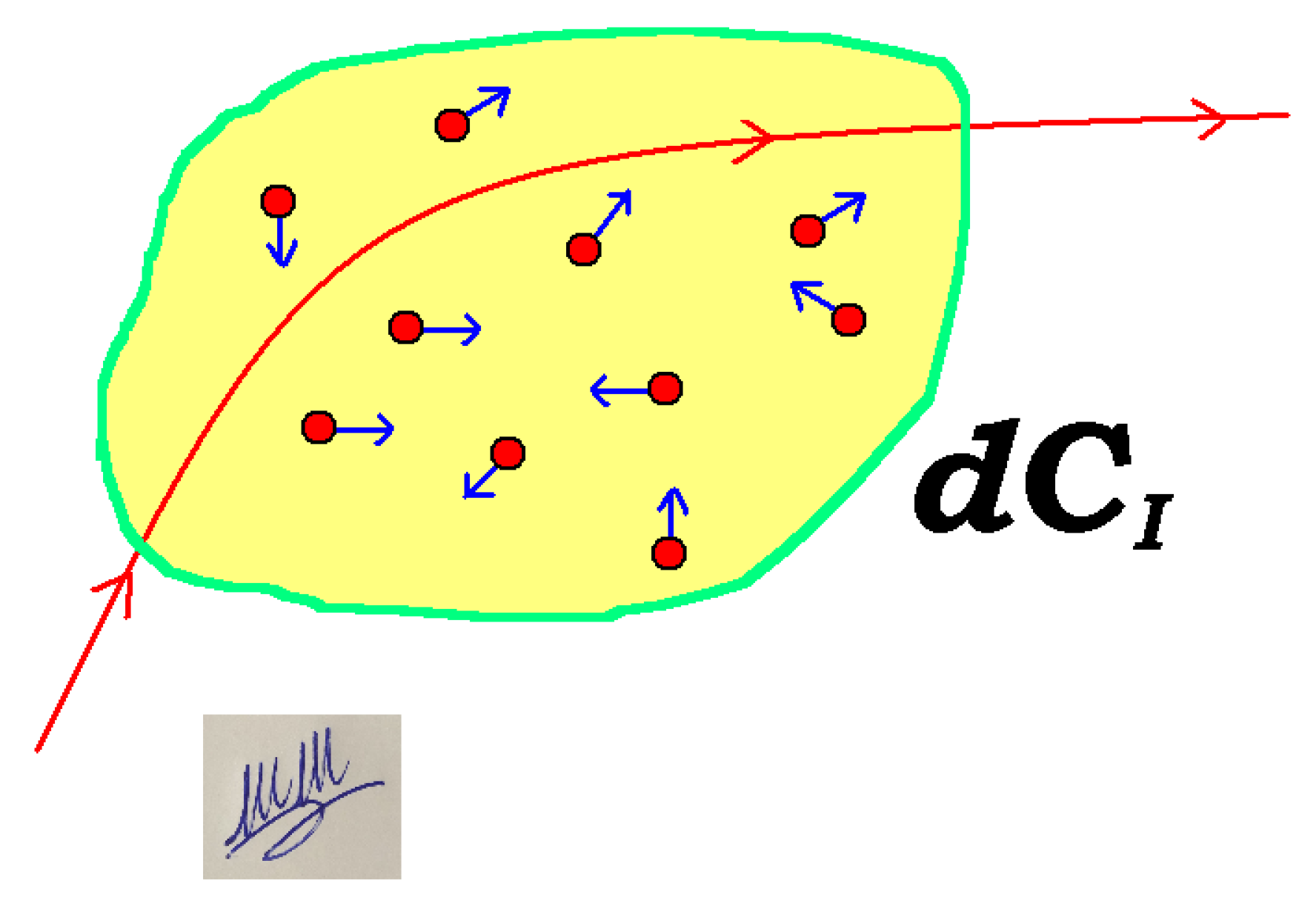
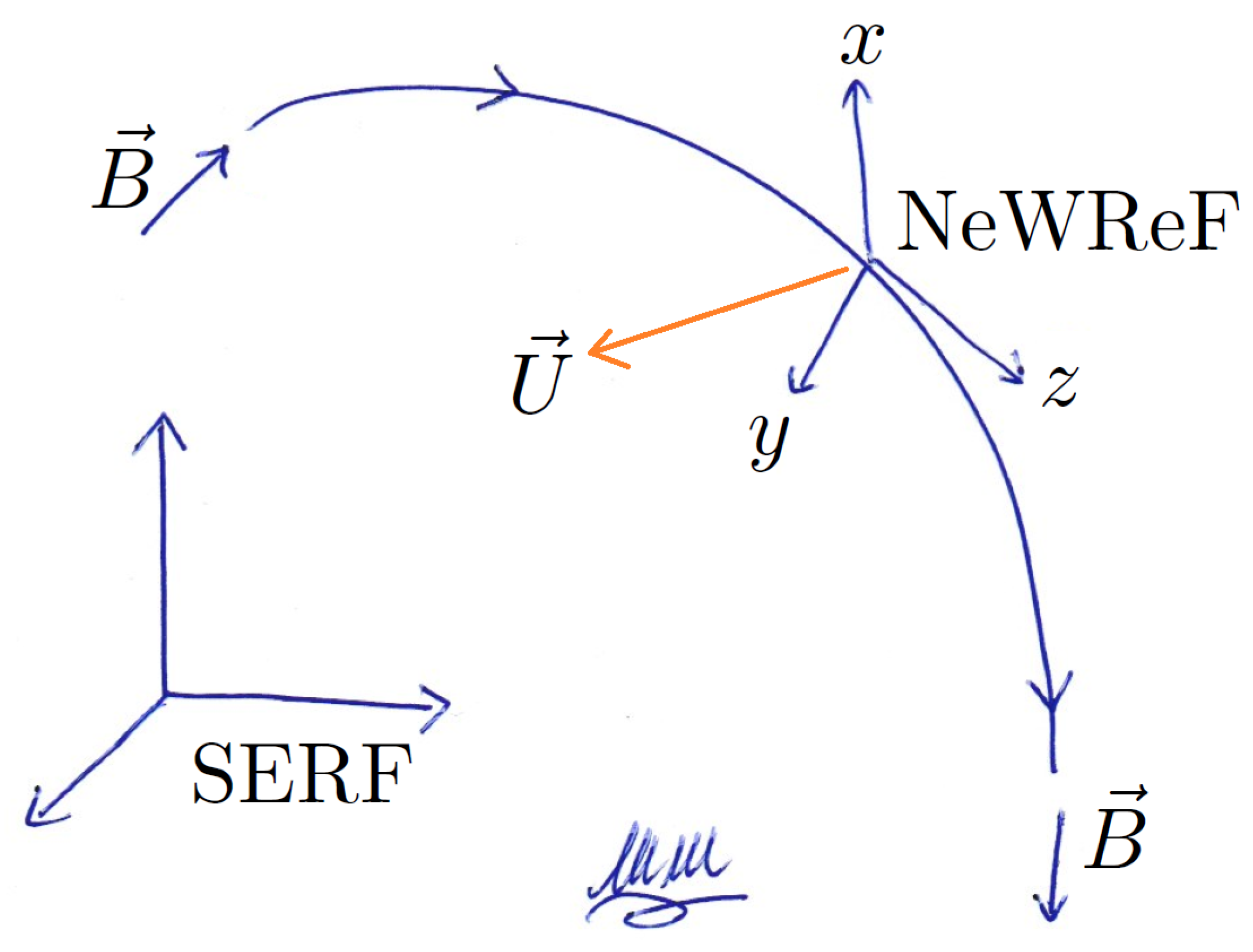
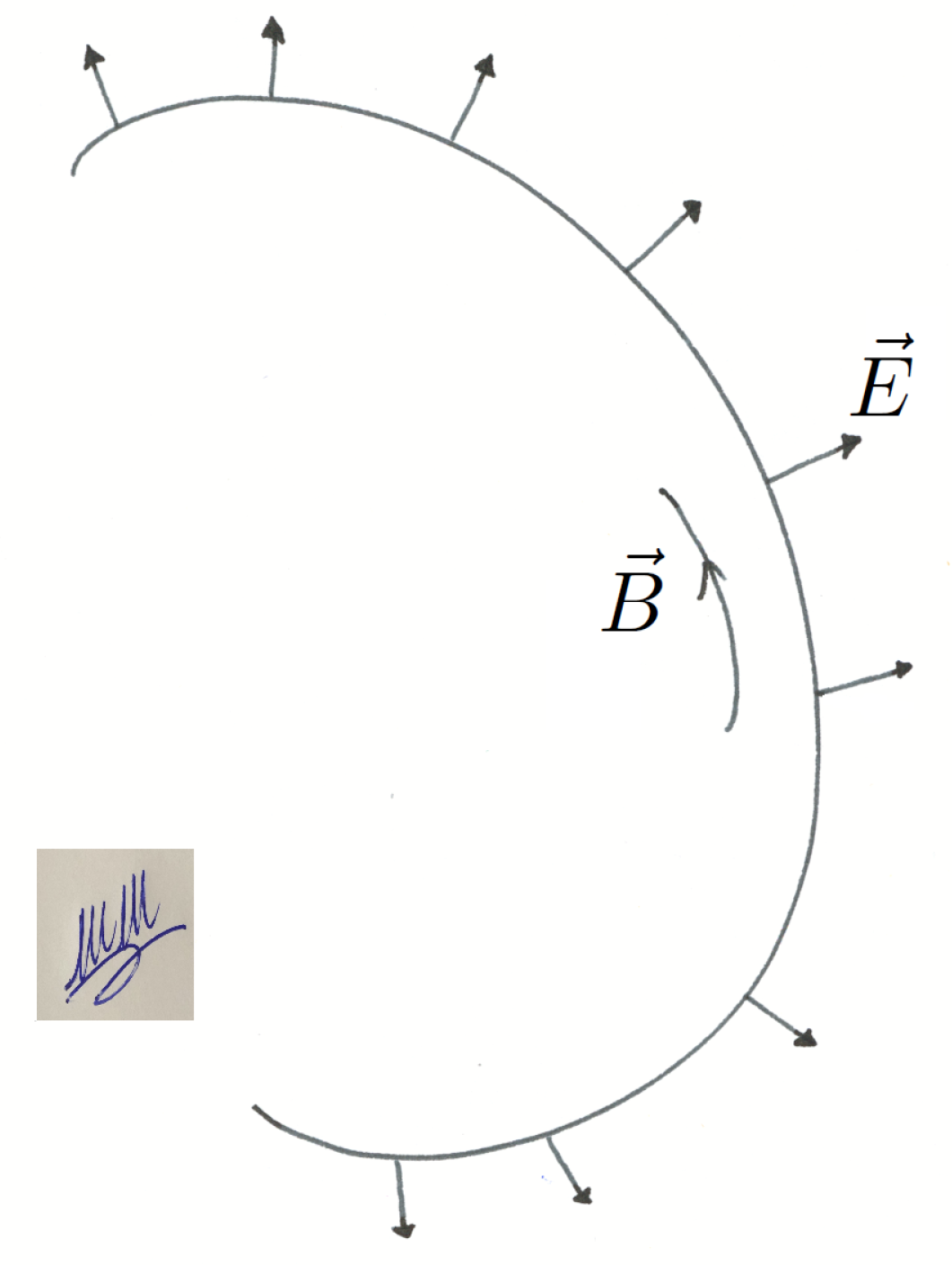
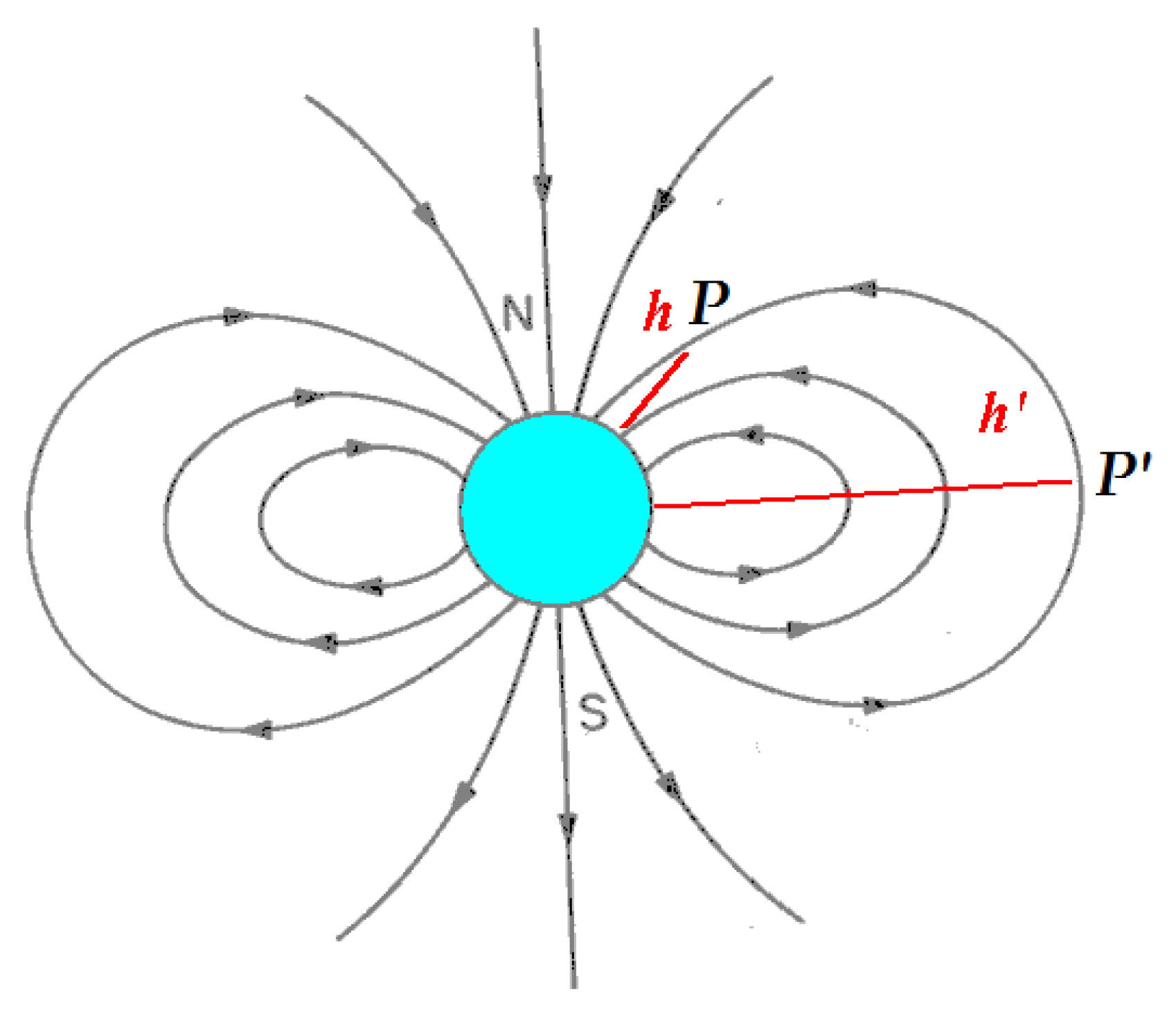


Disclaimer/Publisher’s Note: The statements, opinions and data contained in all publications are solely those of the individual author(s) and contributor(s) and not of MDPI and/or the editor(s). MDPI and/or the editor(s) disclaim responsibility for any injury to people or property resulting from any ideas, methods, instructions or products referred to in the content. |
© 2025 by the author. Licensee MDPI, Basel, Switzerland. This article is an open access article distributed under the terms and conditions of the Creative Commons Attribution (CC BY) license (https://creativecommons.org/licenses/by/4.0/).
Share and Cite
Materassi, M. The Fluid Ionosphere. Atmosphere 2025, 16, 147. https://doi.org/10.3390/atmos16020147
Materassi M. The Fluid Ionosphere. Atmosphere. 2025; 16(2):147. https://doi.org/10.3390/atmos16020147
Chicago/Turabian StyleMaterassi, Massimo. 2025. "The Fluid Ionosphere" Atmosphere 16, no. 2: 147. https://doi.org/10.3390/atmos16020147
APA StyleMaterassi, M. (2025). The Fluid Ionosphere. Atmosphere, 16(2), 147. https://doi.org/10.3390/atmos16020147





